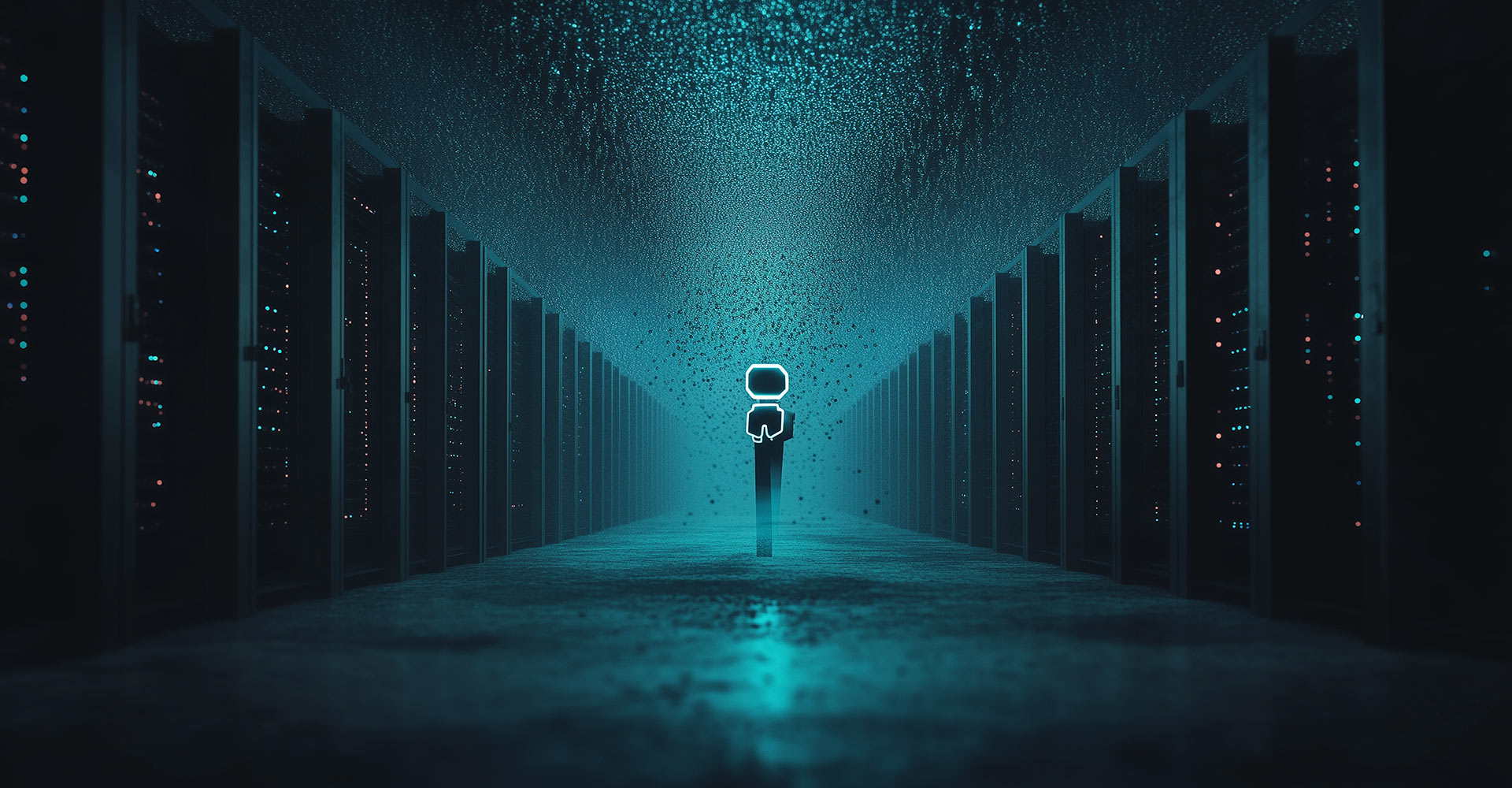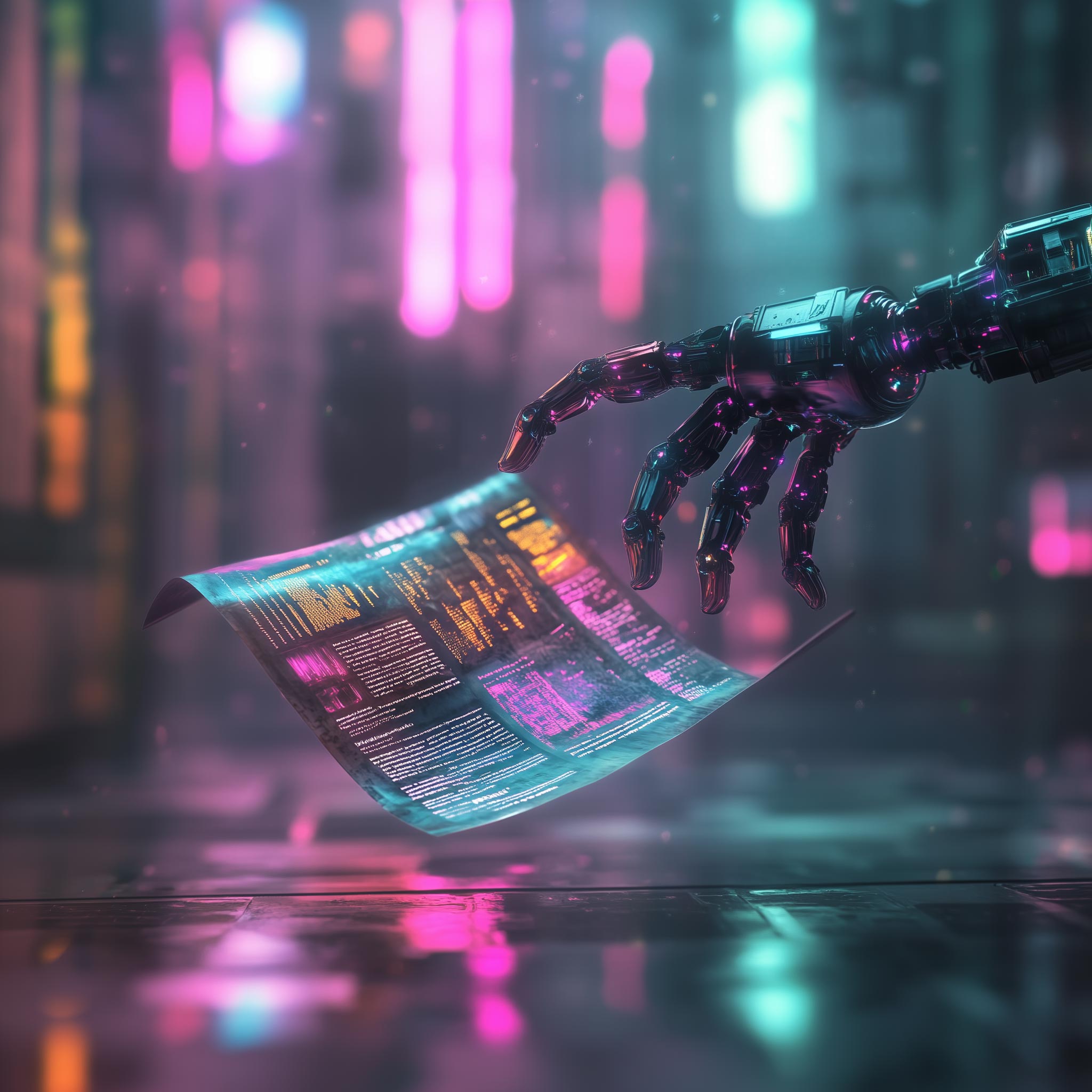Picture this: you strike up a friendly chat with your favourite AI, and—poof!—half a bottle of water vanishes into thin air. Sounds bonkers, right? That’s the “half-litre query” myth doing laps in the headlines. But before you start hoarding bottles of Evian, let’s break it down with a splash of research, a dash of wit, and a healthy dose of my own wine-fuelled perspective.
When GPT-3 first hit the scene, a team of brainy types calculated that ten to fifty GPT-3 responses could evaporate 500 ml of water in data centre chillers. Now, data centres aren’t exactly seaside spas, but they do work overtime pumping water through cooling towers like a factory-sized misting system. Training that 175-billion parameter behemoth sucked up enough water to fill a thousand bathtubs.
But here’s the plot twist: modern AI models are leaner and meaner. Thanks to snazzy tricks like sparse activation and liquid immersion cooling, our digital chatterboxes now sip by the teaspoon—roughly 0.3 ml per query. Imagine AI on a diet: it’s gone from guzzling a bottle to merely wetting its lips.
Counting Every Drop AI’s water bill comes in three instalments:
- On-site Cooling: Evaporative towers do the heavy lifting, vaporising fresh water to keep racks cool.
- Power Plant Provisions: Most water disappears in coal, gas or nuclear plants that whip up the electricity. It’s like paying for Champagne but forgetting the cork.
- Factory Origins: Thousands of gallons vanish making chips and hardware before they ever see a line of code.
Companies brag about low on-site metrics (WUE), but that’s just a cameo. The real blockbuster is the off-site and embodied costs.
Thirsty Comparisons Before you point fingers, let’s size up AI against proper water hogs:
- Agriculture: Mows through 70% of our freshwater—corn, soy and alfalfa need serious watering.
- Beef: A steak can swallow up to 19,000 litres. Ouch.
- Fashion: A cotton T-shirt clocks in at 2,700 litres; a pair of jeans? Nearly 11,000.
In that light, even GPT-3’s old-school 50 ml per chat looks like a polite sip at a banquet – but remember, AI handles billions of queries daily. Multiply that teaspoon across a global audience, and you’re talking about millions of litres of water each day disappearing into data-centre coolers.
A Town’s Gulp Don’t be fooled by small numbers. A single hyperscale data centre can drain millions of gallons daily—enough to quench a town of 50,000—and often plants itself in places already gasping for water. Arizona, Spain’s Aragon and drought-hit Uruguay have seen locals rise up, accusing tech giants of turning their taps to dust.
Engineering a Cooler Future The industry isn’t just twiddling its fans:
- Immersion Cooling: Submerge servers in special fluid—zero water lost.
- Effluent and Rainwater: Google even reuses treated wastewater, like turning yesterday’s bath into today’s shower.
- Dry-Cooling: Air exchangers for desert digs, cutting evaporative loss.
And there’s the so-called “water positive” pledge: giants promise to give back more water than they use. Noble, yes, but often through distant offsets—kind of like planting trees in Siberia to make up for chopping oaks in your backyard.
AI: Villain or Saviour? Here’s the juicy twist: AI can help rescue our water woes. From sniffing out leaks in ageing pipes to optimising farm irrigation, these digital whizzes could cut water waste by up to 30%. The question isn’t whether AI drinks too much, but whether its net effect hydrates or dehydrates our world.
Raising a Glass to Smarter AI So, what’s the takeaway? We need more than catchy myths—we need radical transparency on all three water scopes, a greening of power plants, and clever siting away from parched regions. With the right moves, AI will be the parched world’s unexpected ally, not its thirsty nemesis. And who knows? Maybe the next time your chatbot makes you smile, you’ll remember it’s barely wetting its lips—just don’t serve it Bordeaux.



